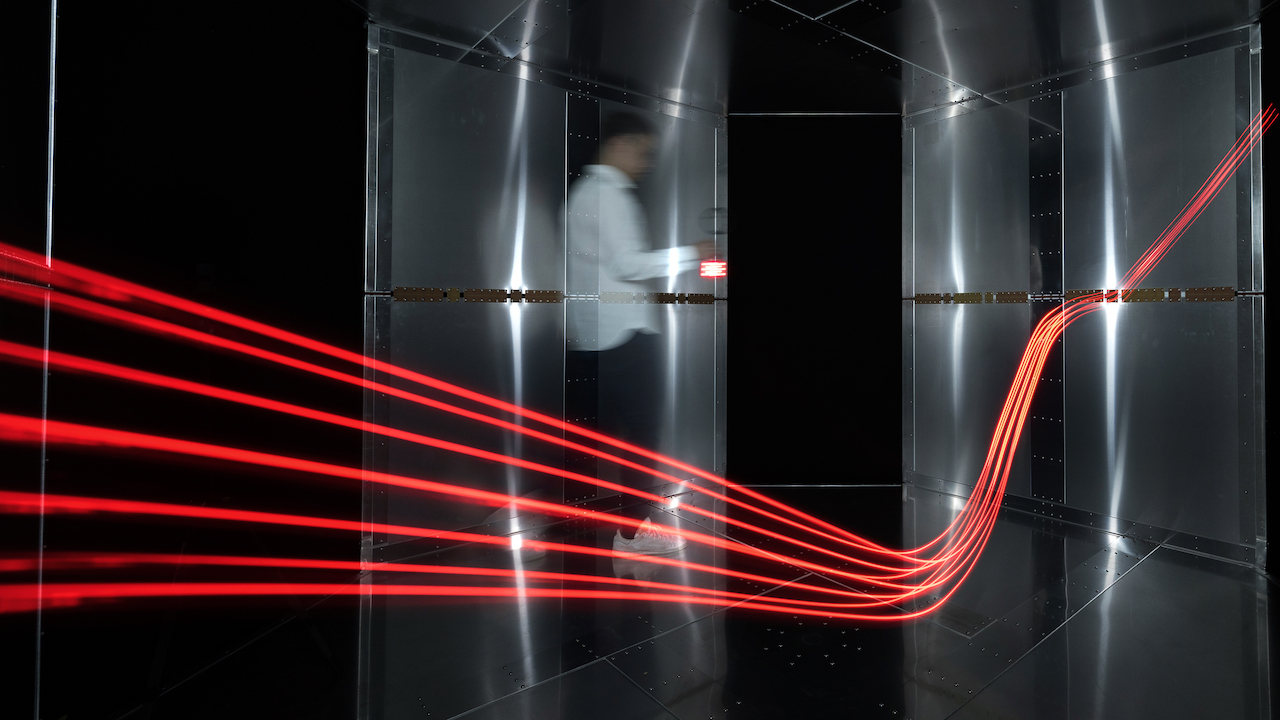Geometry-Based Circuit Modeling of Quasi-Static Cavity Resonators for Wireless Power Transfer
Takuya Sasatani, Matthew Chabalko, Yoshihiro Kawahara and Alanson Sample

Abstract
Wireless power transfer technology has seen steady advances in recent years, yet seamlessly charging devices within large volumes of space remains challenging. Although quasi-static cavity resonators have recently demonstrated safe wireless power transfer at room-scale sizes at significant power levels, previous work investigated this concept using coupled mode theory, lacking utility from the engineering perspective. This work presents a circuit model analysis of quasi-static cavity resonance-based wireless power transfer systems, which creates a critical conceptual bridge to the electrical engineering community and reveals factors that dominate the system performance and power transfer efficiency. A closed-form circuit model is derived from the geometrical properties of the system by analyzing the field distribution of a cylindrical cavity structure and is experimentally validated using a room-scale quasi-static cavity resonator. Finally, we demonstrate the utility of the derived circuit model through case studies for designing impedance matching circuits and optimization of the QSCR geometry.
